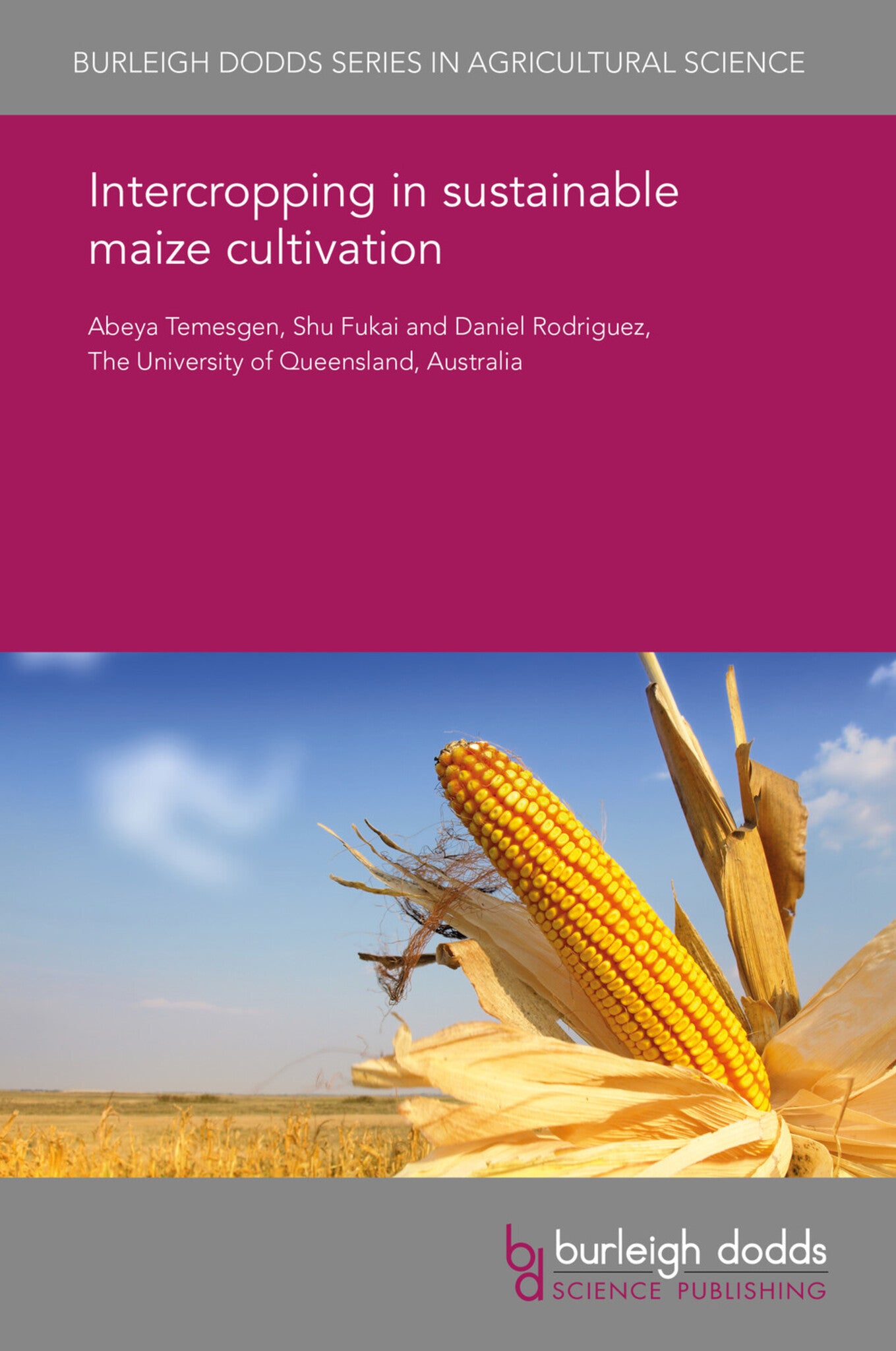We're sorry. An error has occurred
Please cancel or retry.
Intercropping in sustainable maize cultivation
Regular price
£25.00
Sale price
£25.00
Regular price
£25.00
Unit price
/
per
Sale
Sold out
Re-stocking soon
As the level of productivity in sub-Saharan cropping increases, driven by technology adoption, the question whether intercropping should still be promoted over sole cropping is not clear. In this c...
Read More

Some error occured while loading the Quick View. Please close the Quick View and try reloading the page.
Couldn't load pickup availability
- Format:
-
31 August 2016

As the level of productivity in sub-Saharan cropping increases, driven by technology adoption, the question whether intercropping should still be promoted over sole cropping is not clear. In this chapter, we review the existing evidence on systems productivity, resource capture and use efficiency, between intercrops and sole crops for maize–legume-dominated cropping systems. Findings indicate that system productivity in intercropping systems is more resource-use efficient and productive particularly in low-yielding environments and production systems, that is, under dryer and inadequate crop nutrition. As the level of resource availability increases, the differences between intercropping and sole cropping are reduced, though still intercropping presents advantages over sole cropping in some of the analysed cases.

Price: £25.00
Publisher: Burleigh Dodds Science Publishing
Imprint: Burleigh Dodds Science Publishing
Series: Burleigh Dodds Series in Agricultural Science
Publication Date:
31 August 2016
ISBN: 9781838791247
Format: eBook
BISACs:
TECHNOLOGY & ENGINEERING / Agriculture / General, Agricultural science, TECHNOLOGY & ENGINEERING / Agriculture / Agronomy / Crop Science, TECHNOLOGY & ENGINEERING / Agriculture / Sustainable Agriculture, Agricultural engineering and machinery, Sustainable agriculture, Organic farming, Agronomy and crop production

- 1 Introduction
- 2 Intercropping under different conditions: moisture and nitrogen levels
- 3 Resource capture and use effi ciency in maize-based intercropping: water, nitrogen and light
- 4 Competition and complementary interactions in maize – legumes intercropping
- 5 Maize – legume intercropping evaluation
- 6 Conclusions
- 7 Where to look for further information
- 8 References



